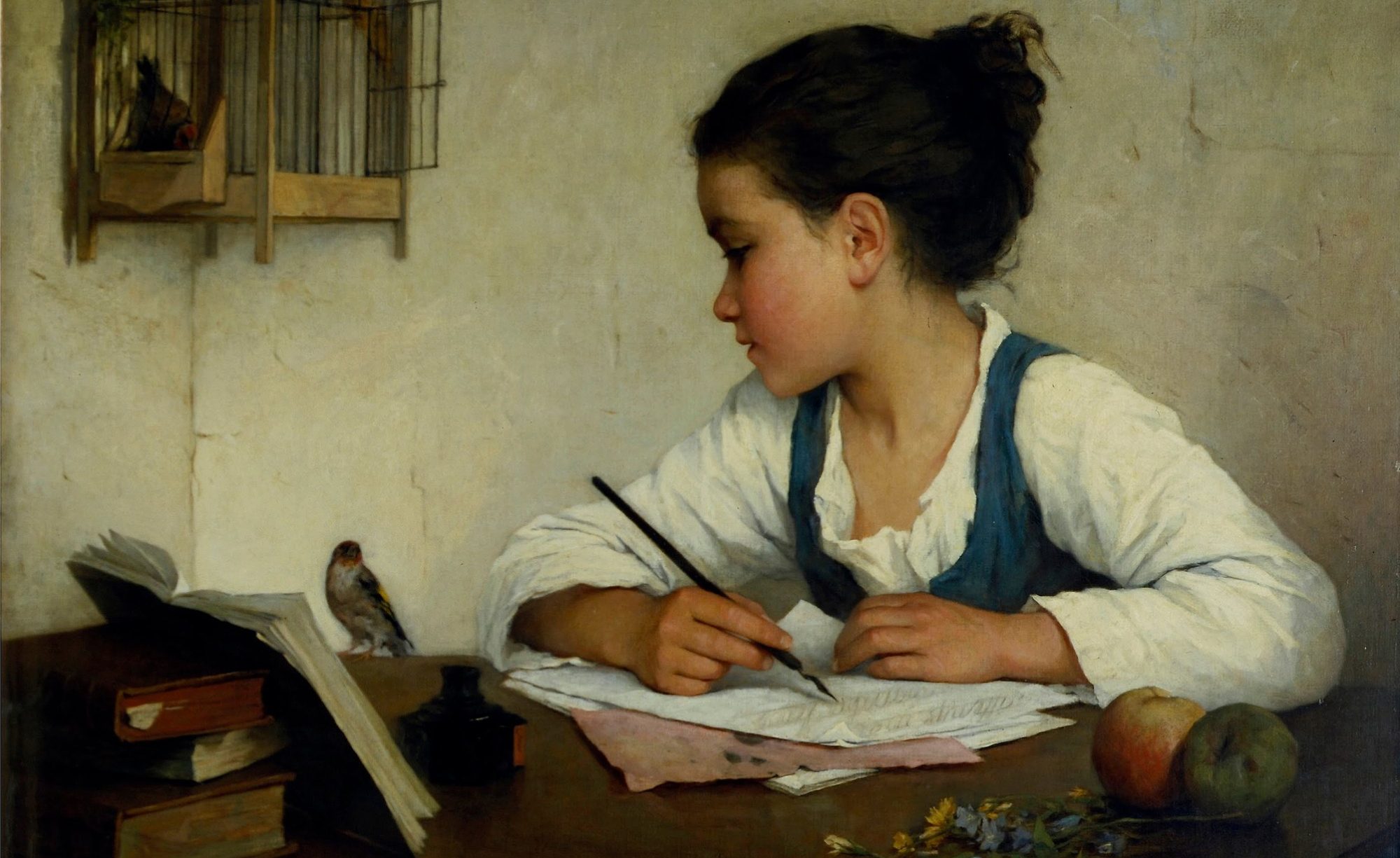The following was excerpted from the book, The Follies and Fashions of Our Grandfathers, published in 1886. The book reprinted articles from the year 1807.

An evening suit if attempted to be described in colours, would be literally a repetition of what was laid down in our last number, as the approach of Lent necessarily prevented much alteration in coloured clothes by its customary introduction of black, which of course will ever be considered the most appropriate dress during that season; we can therefore only say, that kerseymere waistcoats and small clothes are much more prevalent than silk, which, though most assuredly more of a dress, has been gradually reducing in consumption for these many years; and satins, which were so essentially necessary to compleat the dress of a gentleman a few years back, are now totally exploded, and a pair of satin breeches would attract the observation of every beholder almost as much as a maroon coloured coat.
In addition to observations on Morning Dress, we have noticed many gentlemen in plain buff kerseymere waistcoats of a very pale colour, and which certainly have a neat appearance, particularly such as we have seen with an edging of the same stuff; some few waistcoats have also been introduced of a sort of pearl colour, and also some scarlet kerseymeres, which after being rejected for several years seem to be again coming into notice; but as they do not correspond with coats usually worn, nor afford a pleasant contrast, they are not likely to become by any means general; indeed, blue or dark brown or corbeau colour coats are the only ones that can well be worn with a scarlet waistcoat.— Brown top boots seem to be somewhat more worn than they have been for some time past, and which are almost constantly accompanied by kerseymere breeches; leather being now almost exploded from the thigh of a man of fashion, and scarcely maintains the preference even in the chase.
We have also observed that many gentlemen in their morning walks have attempted to introduce a sort of shooting dress, by parading in a short coat of any light colour, and with drab colour cloth or kerseymere gaiters to come up to the knees; but, however well such a dress may suit a watering place, or a walk over the grounds of an estate, we do not think it adapted to the promenade of Bond-street.


Interesting post, Susanna! You certainly don’t see “kerseymere” very often in historical romances. I had to look it up. The OED defines it as “a twilled fine woollen cloth of a peculiar texture, one-third of the warp being always above, and two-thirds below each shoot of the weft.” Of course now I know exactly what it looks like (well, maybe not).
Thank you! I had to post this article. It’s hard to find info on men’s fashions.